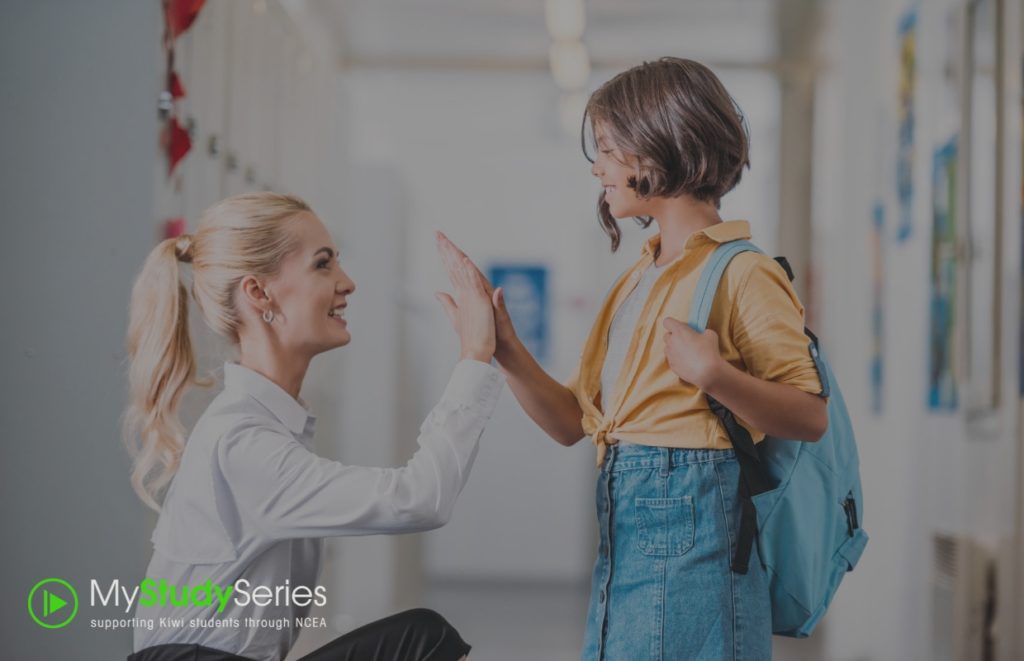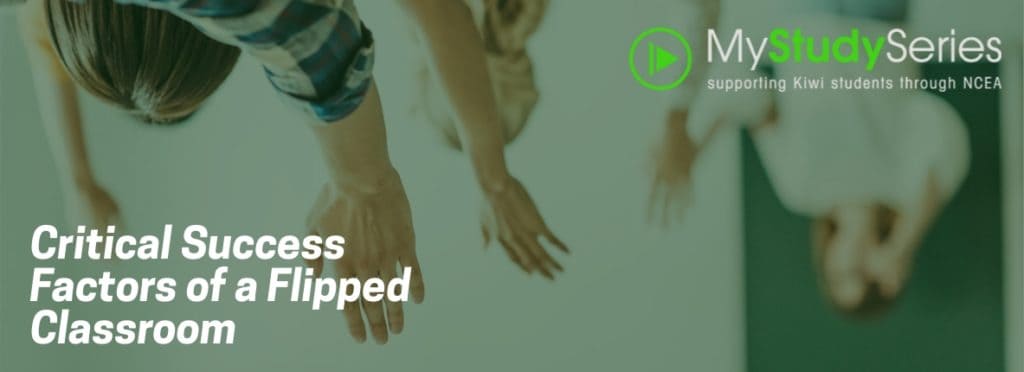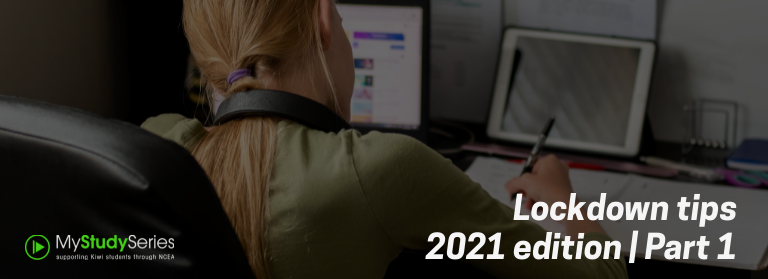Maximising one to one time with your students

Learning and also teaching is a very personal and often emotional process. Even as educators, we sometimes struggle with our approach, wonder if our lesson content is appropriate for our learners, and often fear failure or making mistakes in the classroom.
If it can be that challenging for us, imagine the emotional rollercoaster our students can be experiencing in the learning process. Students are constantly wrestling with lesson content, worried about the relationships they’re developing, and trying to juggle the day to day challenges of managing multiple roles such as being a student, athlete, employee and often caregiver.
Front and centre of all of this is the student – teacher relationship, what I often refer to as the core role we have as educators: forming and nurturing relationships that foster trust and mutual respect. While we are aware of the need to develop this relationship, we often struggle to prioritise sitting down and engaging with learners on a one to one basis. The resulting outcome is a classroom where students don’t feel valued, understood, or a part of your classroom.
What can we do about this?
I’m going to go out on a limb here and suggest the best solution is to schedule 1 on 1 time with every student in your class. Is this challenging? Definitely. Is it a realistic option? Some might say no, I would argue it is if you want to build authentic and meaningful relationships.
I’ve been experimenting with scheduling 5 minute sessions with each of my students. These sessions happen during timetabled classes and students are given advance notice and are required to come to the brief session prepared to answer three questions: 1) What is your biggest win so far this year? 2) What is an area you’re struggling with this year? 3) How can I support you to perform at your best in this class?
I can hear you right now though, “Carl this isn’t realistic or achievable, and I am already swamped with admin and pastoral tasks”.
Lets take a closer look. If we say the average secondary teacher has five classes, each with 25 students, that’s a total of 125 students. If we spread this out over 25 weeks (2.5 terms), all we need to do is schedule time with one student per class, per week. This is completely realistic and achievable.

What can we expect from scheduling one on one time with our students?
There are a range of benefits you can expect to observe after starting out with this process. Here are three immediate responses you can expect to observe:
- Decreased fear of failure: Through one to one engagement, students begin to trust their teachers and operate in a much safer learning environment. Students can often feel pressured by their peers, avoid taking risks, and can are reluctant to contribute in front of others.
- Teacher is able to get a better idea of student progress: Communication in a one on one environment allows teachers to get a better feel for student progress, successes and challenges. Communication is much clearer and as the teacher you can adjust, modify or tweak future lessons as you have a stronger understanding of student needs.
- The student and the teacher build a deeper relationship: Focus questions serve as discussion starters allowing the conversation to flow in any direction. By taking the time to listen actively, engage in conversation with the student and share our supporting perspectives, we grow the student – teacher relationship immensely.
But what does the research say?
A study in 1976 found that teachers spend under 5 seconds with children in 40% of one to one exchanges. These “microtransactions” are not nearly enough to build lasting, meaningful relationships with our students. If we really want to engage with our learners, we need to find ways to spend more one to one time with them. On top of this, John Hattie (2012) reports that teachers do the talking 70-80 percent of the time!
Making these one to one sessions regular fixtures in your classroom and giving your students opportunities to speak uninterrupted, will afford you and the students greater outcomes, higher levels of trust and much stronger relationships.
—
Vygotsky, L. S. (1978). Mind in society: The development of higher psychological processes. Cambridge, MA: Harvard University Press.
Hattie, J. (2012). Visible learning for teachers: Maximizing impact on learning. Routledge/Taylor & Francis Group.







Responses